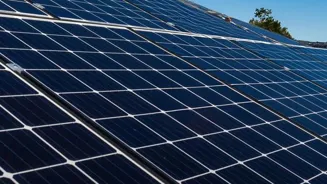Unveiling the Magic of Solar Panels: How They Harness Sun's Power. Dive into the science behind this clean, green energy source!
India, a land blessed with abundant sunshine, is rapidly embracing solar
energy. From rooftops in bustling cities to sprawling solar farms in rural areas, solar panels are becoming an increasingly common sight.
But have you ever wondered exactly how these panels convert sunlight into the electricity that powers our homes and businesses? Let's break down the science behind this fascinating technology in a simple and easy-to-understand way.
Silicon's doping creates n-type and p-type layers in solar panels
At the heart of every solar panel is a material called silicon. It's a semiconductor, meaning it has properties of both a conductor (like metal) and an insulator (like rubber). Pure silicon isn't very good at conducting electricity.
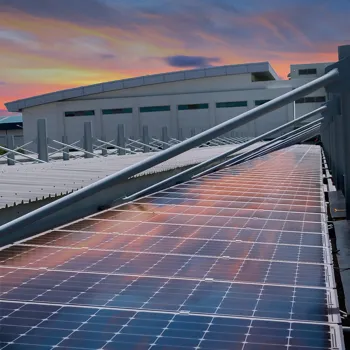
However, when we intentionally add small amounts of other elements, like phosphorus or boron, we can change its electrical properties. This process is called "doping." When we dope one layer of silicon with phosphorus, it becomes "n-type" (negative), meaning it has extra electrons.
Doping another layer with boron makes it "p-type" (positive), meaning it has spaces for electrons, called "holes." When these two layers are joined together, a junction is created.
Solar panels: Harnessing solar power for sustainable energy
These two layers are crucial to the entire process functioning correctly, and the junction is where all the work happens. In India, we’re seeing more and more of these panels, each one a silent worker converting the sun’s power into usable electricity.
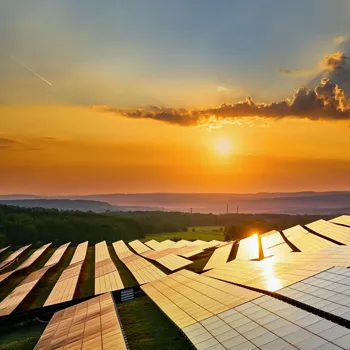
The fascinating point is that this happens at atomic level and it is quite interesting to witness the evolution of technology. Solar panels provide a method to harness the almost infinite amount of strength which is around you, just waiting to be tapped.
It is very economical to install this and it is a sustainable method for the future.
Sunlight generates electric current in solar panels
Now, imagine sunlight hitting the solar panel. Sunlight is made up of tiny particles called photons. When a photon strikes the silicon, it can knock an electron loose from an atom. This is where the magic happens! In the n-type layer, the free electrons are easily moved around.
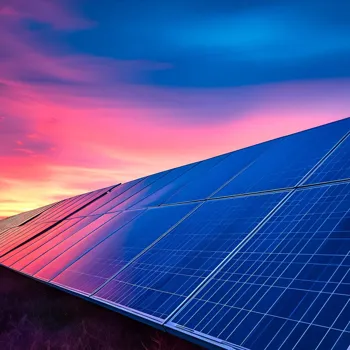
In the p-type layer, when a photon knocks loose an electron, it creates both a free electron and a free "hole".
Because of the electric field at the p-n junction which is between the p-type and an n-type layers, the loose electron moves towards the n-type layer and the hole moves towards the p-type layer. This movement of electrons creates an electric current.
Solar panels convert sunlight to electricity for household use
The electric field across the junction ensures that the electrons flow in one direction, from the n-type to the p-type layer. The electrical contact allows the solar panel to extract this electricity. A typical solar panel is not just made of one single cell either.
Numerous solar cells are connected together to produce the electrical power required. Wires are then attached to the panel to capture this current.
This current is direct current or DC electricity and a inverter converts it into alternating current which is alternating current or AC, which is what runs most household appliances.
Electrons flow in one direction, generating power in solar panels
Think of it like a one-way street for electrons. They can move easily in one direction, but not the other. This creates a flow of electricity. Wires are connected to the top and bottom of the solar cell to capture this current.
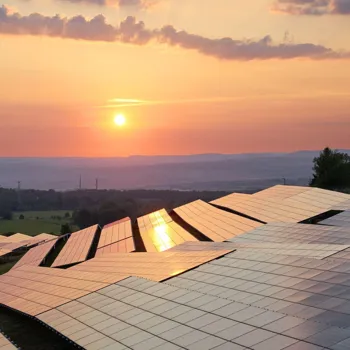
This current of electricity flowing out of the solar panel can then be used to power things. The current from the cell flows straight from one side to the other, allowing it to build power. The more light that shines on the solar panel, the more electricity is generated.
Solar panels are a very clean and environmentally friendly way to make electricity. The power output of a solar panel depends on several factors. These factors include the size of the panel, the amount of sunlight, and current weather conditions.
Solar panels store energy for night use, promoting renewable energy
We all know that solar panels don't work at night, Because they need sunlight to generate electricity. However, a solar panel system can come with batteries. During the day the batteries store excess power generated by the solar panels. This stored energy can then be used at night or on cloudy days.
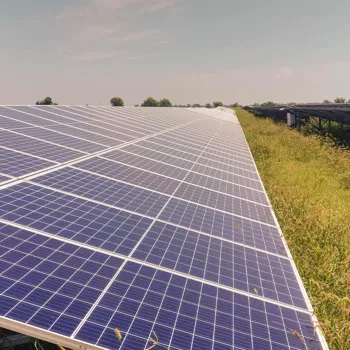
Solar panels are a great example of taking advantage of the amount of sunshine available in our country. In fact, India possesses one of the largest solar installations in the world. Solar energy is also great for the environment. It is a type of renewable energy.
Renewable energy does not contaminate the air, water, or land. It's clean and sustainable and makes a big positive difference in the whole world.
India promotes solar energy for sustainable future
The use of solar panels is expanding rapidly in India. The government is actively promoting its adoption through various incentives and subsidies, making it more affordable for homeowners and businesses alike.
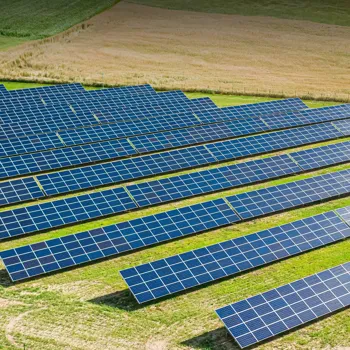
As technology continues to advance, solar panels are becoming more efficient and cost-effective, paving the way for a cleaner, greener future for India and the world.
With increasing awareness and government support, solar power is poised to play a pivotal role in meeting India's growing energy need. Investing in solar energy now can ensure a brighter, cleaner, and more sustainable tomorrow for future generations.
Solar panels harness sun's power for clean energy, vital for future sustainability
In conclusion, solar panels provide a fascinating example of how we can harness the sun's power for our benefit. What was seemingly just science fiction many years ago is now commonplace, and we are able to use this to make renewable green energy.

With basic components of semiconductors, along with a clever setup, solar panels cleanly and silently convert sunlight into energy, while not contaminating, and without the use of fossil fuels.
As we move towards a more sustainable future, solar panels will undoubtedly play an increasingly important role in India's energy landscape. This sustainable option will pave the path for our children.
AI Generated Content. Glance/InMobi shall have no liability for the content